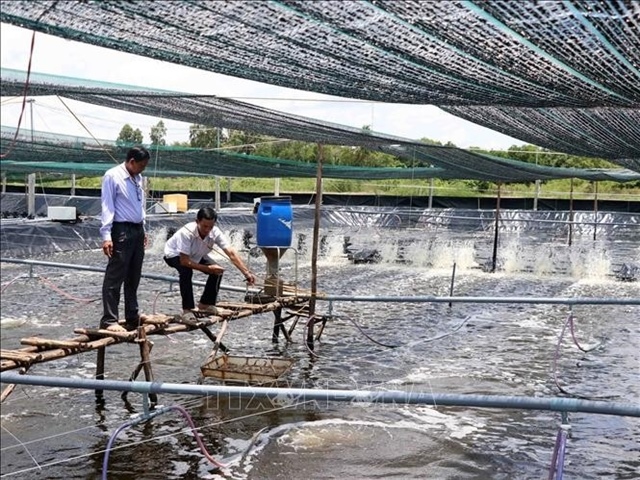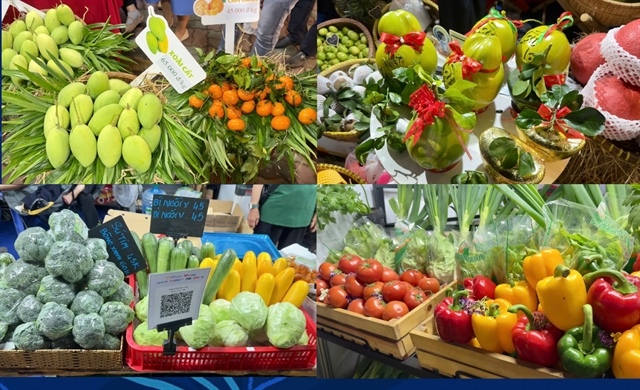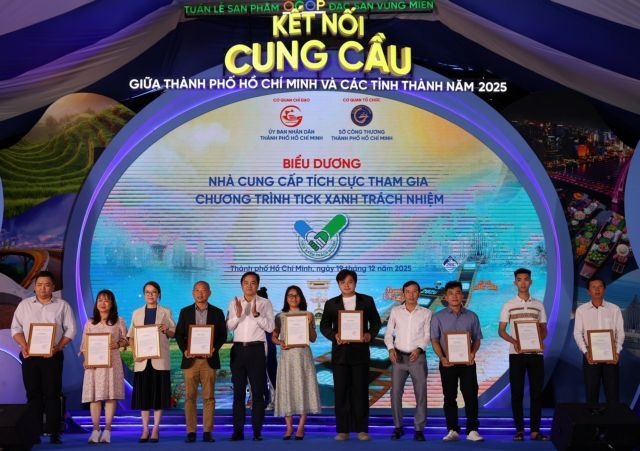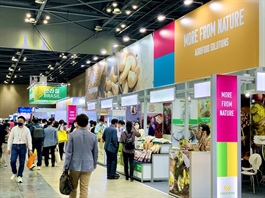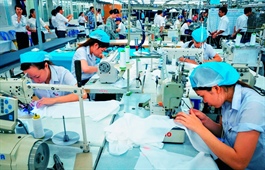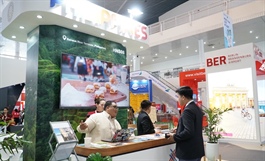Steel producers show substantial efforts towards integration
Steel producers show substantial efforts towards integration
Nghiem Xuan Da, chairman of the Vietnam Steel Association, talked with VIR's Yen Thuy about the factors instrumental to the sector’s notable results in 2021 and how producers can further excel in exports.
2021 was a bonanza year for the steel industry with accelerated export, generating the country $11.8 billion in total export value, in which export value to EU for the first time approximated $2 billion. How do you perceive about the figures?
The steel sector witnessed quite a successful 2021 with production and export targets going beyond expectations. For the first time, the steel sector joined the club of economic sectors championed over $10 billion in the export value.
Notably, steel businesses have efficiently availed of opportunities from free trade agreements (FTAs), particularly EVFTA to boost export.
The EVFTA coming into force from August 2020 has upheld export of diverse product groups to EU market, including steel and steel products. Steel export growth shows that local producers are paying burgeoning attention to tapping EU market.
Aside with positive impacts from EVFTA and good preparedness of local firms, what are the factors instrumental to the steel sector’s sound success?
Apart from availing of EVFTA advantages, soaring demands from the markets of EU’s 27 members have contributed to the sector’s rosy performance.
Next is the marked capacity improvement from the part of local steel producers. Increased order intake and higher export value are a testament that local firms are doing a good job at international integration and technology innovation. Their products have then satisfied increasingly demanding requirements not only from EU markets, but also US or Japanese markets.
Besides, diverse steel products of local firms have also quickly made forays into CPTPP markets, particularly to Canada and Mexico.
Amid soaring export, are there concerns that Vietnam’s steel products would face mounting threats pertaining to safeguard lawsuits?
Naturally, increased export would lead to rising number of disputes or trade remedies. This happens to diverse export sectors, not only the steel sector.
In the past years, steel is one of the sectors incurring the highest numbers of trade disputes, and that is normal in trade practice that we must accept.
It is noteworthy that in recent years, the sector industry has been cooperating efficiently with relevant competent agencies in tackling cases related to trade remedies. In a number of cases, co-operation and sufficient data provision have helped vindicate local producers.
As of now, the capacity of local producers in coping with trade remedies has significantly improved. Big players like Hoa Phat, Hoa Sen and Ton Dong A which often encounter safeguard measures have spent deserving resources into dealing with such cases and posted encouraging results.
Experts have called on steel businesses to diversify export market to reduce risks and keep full records of their business. How this has been practiced by local producers?
As for market diversification, businesses in the sector have been good at this. Formerly, ASEAN is the major export market of local steel producers. Currently, EU, the United States and China are the markets all importing more than $1 billion in steel product value from Vietnam.
Businesses are also paying due regard to keeping export records and alerts from import markets and functional bodies. These positive results have showcased producers’ more substantial integration efforts.


